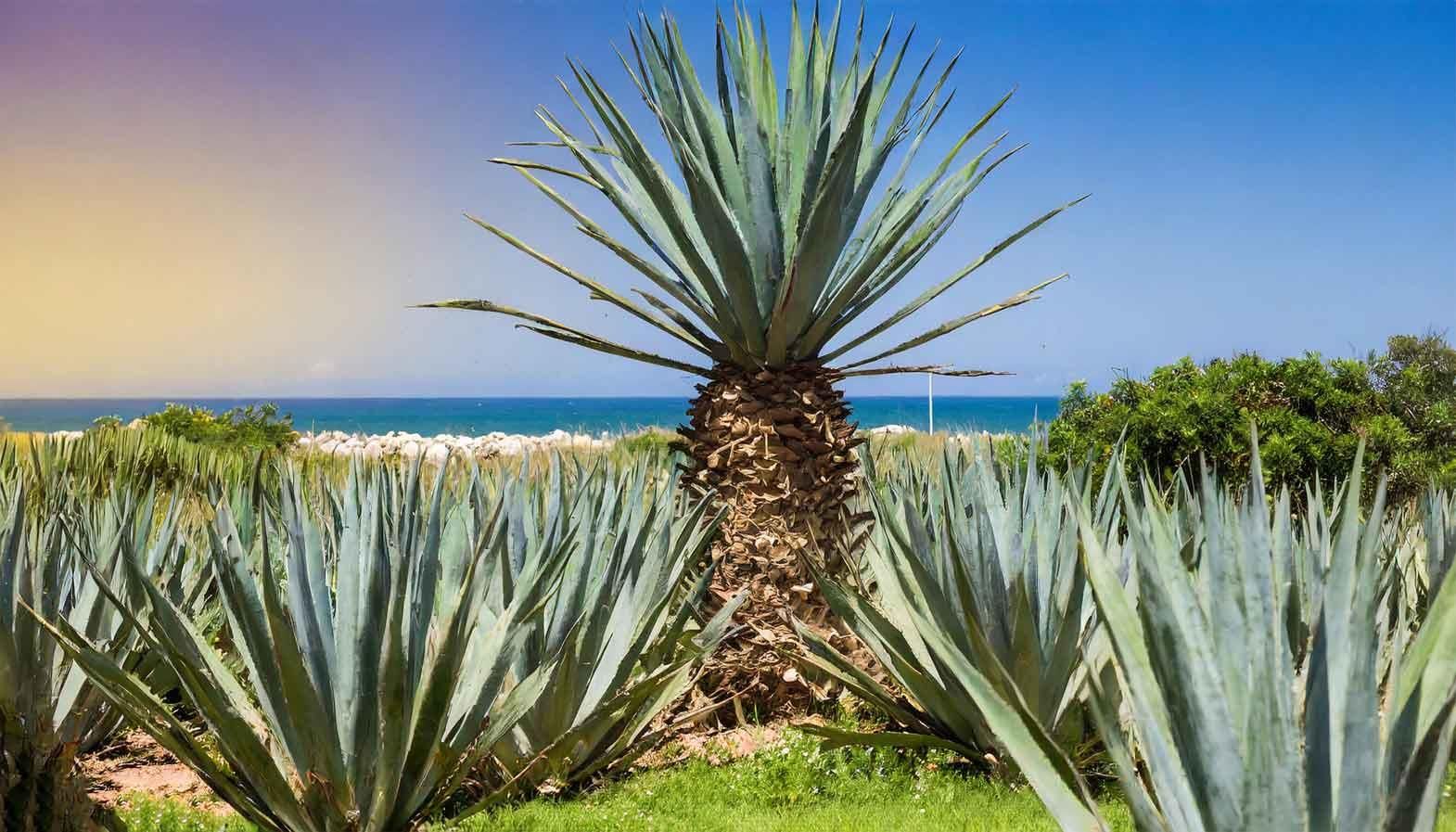Earlier, Sisal was widely used in ropes, general cordage, and twines, but product varieties gradually increased as companies started using sisal to manufacture paper, buffing cloth, dartboards, handicrafts, Macram, carpets, geotextiles, wire rope cores, and mattresses. Other sisal-inclusive products now range from steel cable yarn to twisted thread, general yarn to knitted art crafts.
The use of sisal in non-woven textiles is also of prime significance, as sisal is an environmentally friendly strengthening agent to replace asbestos and fiberglass in composite materials. This has led to increased employment of sisal fiber in the automobile industry. The use of sisal fiber depends on its grade.
Sisal is broadly categorized under three grades, which are lower, medium, and high grades. Manufacturers in the paper industry use lower-grade fiber due to the significant portion of hemicelluloses and cellulose found in that variety. Handled by the cordage industry, medium-grade fiber is mostly diverted to the production of binder twine, ropes, and baler. These products are primarily used for agricultural, marine, and general industrial purposes. The third quality, a high-grade variety of sisal, is put in the works by the carpet industry to manufacture yarns. In the case of carpets, sisal is used by itself or in blends with wool and acrylic for a softer hand.
Sisal fibre in cross-section consists of about hundreds of fibre cells, which are smooth, straight and yellow in colour. The main feature of sisal fibre is its strength, which gives it a rough and rigid appearance. Properties like strength, durability, ability to stretch and resistance to deteriorate in saltwater, are some of the reasons that sisal is used in making ropes and similar stuff.
The texture of the fibre ensures that it absorbs dyes easily and offers the widest range of dyed colours among all the other natural fibres. In comparison to pineapple and banana fibre, sisal fibre-polyester composites are likely to give high work of fracture because of high toughness.
The fibre is extremely tough and is low on maintenance with minimal wear and tear. However, sisal fibre is still not used by the garment industry and is also not apt for wet areas. The sisal leaves are also often treated with natural borax for fire resistance properties. Sisal is used commonly in the marine industry for fastening small craft, lashing, and handling cargo. It is also surprisingly used as the core fibre of the steel wire cables of elevators.
In rare cases, sisal fibre replaces silk during summer. However, the process to soften the rugged fibre is lengthy and expensive. It requires a high degree of beating and pulping that gives a fabric that is light enough to be worn in the hottest weather. The amount of work to process the sisal into this sheer fabric implies that the cost of the resultant fabric is extremely high.
Global sisal production is estimated at 223.000 tonnes. Brazil, East African region, Asia (particularly China) are the highest producers of sisal fibre. Continuous research and development going on in use of sisal fibre has ensured that in coming years the use of the fibre will be many. The sisal fibre is a sustainable renewable resource for its cordage, woven and pharmaceutical products. The synthetic substitutes of sisal fibre have created havoc to the environment and threatened the very existence of the earth. Thus, the ecological appeal of sisal must be utilised to ensure that there are positive developments in future prospects of this natural fibre.
References:
1. Wikipedia.com
2. Worldjute.com
3. Textilelearner.blogspot.in









Comments